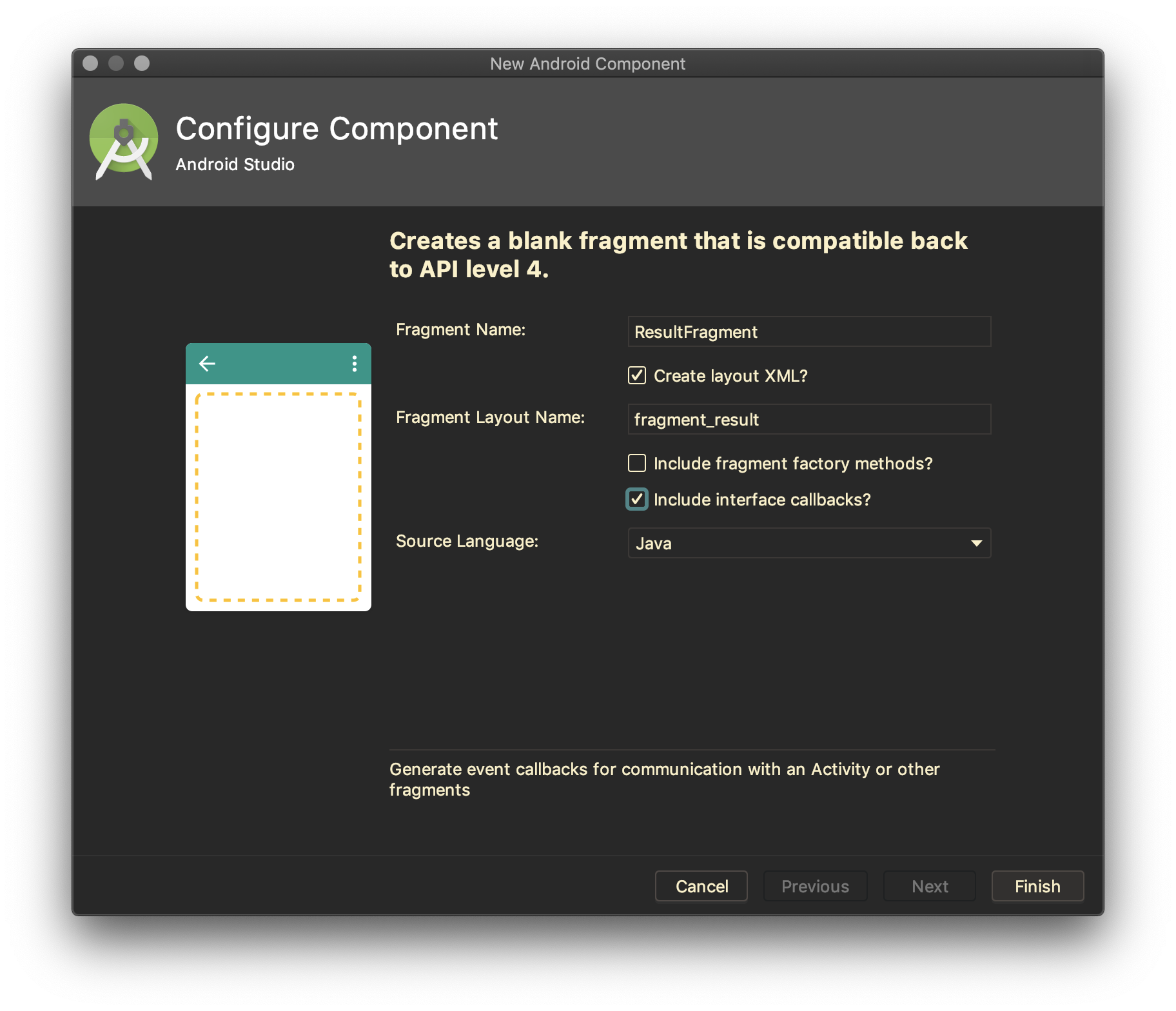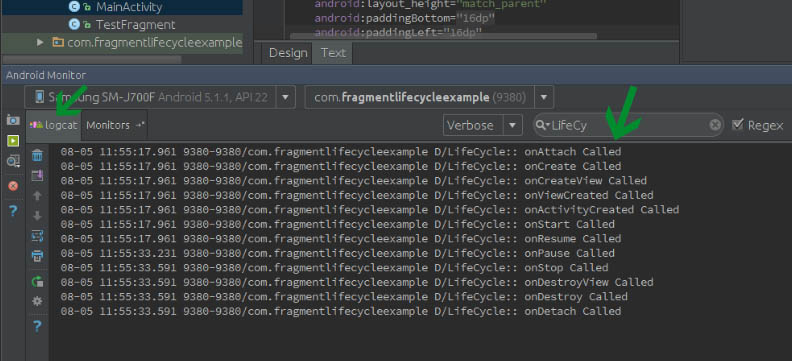

Fragments encapsulate views and logic so that it is easier to reuse within activities.Using the support library, fragments are supported back to all relevant Android versions.

A Fragment is a combination of an XML layout file and a java class much like an Activity.

Here are the important things to understand about fragments: Fragments must be embedded in activities they cannot run independently of activities. A Fragment typically defines a part of a user interface. Import 7.widget.A fragment is a reusable class implementing a portion of an activity. Step 4 − Add the following code to src/MainActivity.java package Add button going to add the data to recyclerview adpter and remove button going to remove data from recyclerview. In the above code we have added recycler view to window manger as relative parent layout and added two buttons as add and remove. Step 3 − Add the following code to res/layout/activity_main.xml. Implementation ':recyclerview-v7:28.0.0'ĪndroidTestImplementation ':runner:1.0.2'ĪndroidTestImplementation '.espresso:espresso-core:3.0.2' Implementation ':constraint-layout:1.1.3'

Implementation fileTree(dir: 'libs', include: ) ProguardFiles getDefaultProguardFile('proguard-android.txt'), 'proguard-rules.pro' TestInstrumentationRunner ".AndroidJUnitRunner" Step 2 − Open adle and add Recycler view & Card view library dependencies. Step 1 − Create a new project in Android Studio, go to File ⇒ New Project and fill all required details to create a new project. This example demonstrate about how to update Recycler View adapter by creating a beautiful student records app that displays student name with age. Using recycler view we can show grids and list of items. Recycler view is more advanced version of list view and it works based on View holder design pattern. Before getting into example, we should know what is Recycler view in android.


 0 kommentar(er)
0 kommentar(er)
